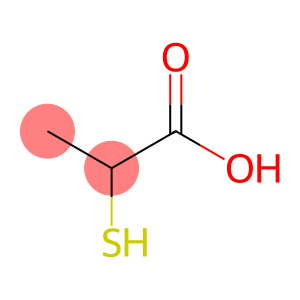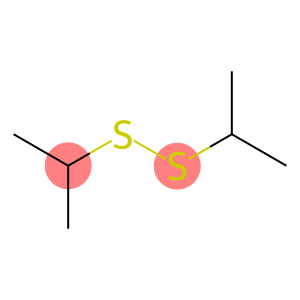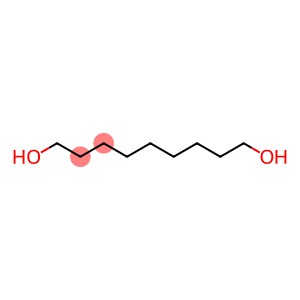5-(Trifluoromethyl)pyridine-2-carboxylic acid(CAS# 80194-69-0)
| Hazard Symbols | Xi – Irritant |
| Risk Codes | 36/37/38 – Irritating to eyes, respiratory system and skin. |
| Safety Description | 26 – In case of contact with eyes, rinse immediately with plenty of water and seek medical advice. |
| WGK Germany | 3 |
| Hazard Class | IRRITANT |
Introduction
5-(Trifluoromethyl)pyridine-2-carboxylic acid is an organic compound with the chemical formula C7H3F3NO2.
Nature:
-Appearance: Colorless to light yellow crystal or powder.
-Melting point: 126-128°C
-Boiling point: 240-245°C
-Solubility: Slightly soluble in water, soluble in organic solvents such as alcohols, ethers and ketones.
Use:
5-(Trifluoromethyl)pyridine-2-carboxylic acid is an important intermediate in the field of synthesis and medicine. It can be used to synthesize various organic compounds, such as drugs, dyes and pesticides. It can also be used as catalysts, ligands and reagents.
Preparation Method:
5-(Trifluoromethyl)pyridine-2-carboxylic acid is generally prepared by reacting 2-picolinic acid chloride with trifluoromethyl amine. The specific preparation process may involve organic synthetic chemical methods and reagents, which need to be carried out under laboratory conditions.
Safety Information:
5-(Trifluoromethyl)pyridine-2-carboxylic acid belongs to chemicals and has certain safety risks. Proper laboratory practices and personal protective measures need to be followed during use and handling. Avoid contact with skin, eyes and respiratory tract, and keep away from open flames and high temperatures. Should be stored in a dry, well-ventilated place, away from combustibles and oxidants. Please consult relevant safety materials and professionals for detailed safety information.








